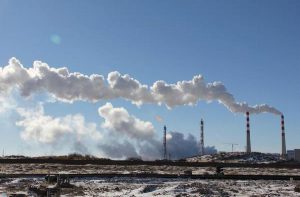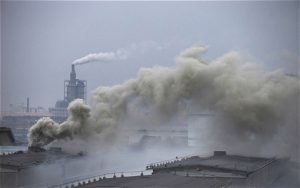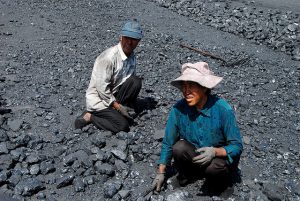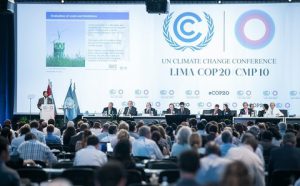Shortly after China and the US injected some much-needed momentum into UN climate talks by offering new targets, the world’s largest emitter firmed expectations that it would launch a nationwide cap-and-trade market by 2016.
But can China, whose economy still contains many non-market features, properly design and implement a fundamentally market-based policy?
A new study I co-authored for Resources for the Future (a non-partisan, non-profit think tank based in Washington DC) attempts to answer this question by examining cap-and-trade pilot programmes in Shanghai, Shenzhen and Guangdong which have each operated for over a year.
Su Wei, a top ranking official at the National Development and Reform Commission, China’s central planning agency, said in late November that China will launch a cap-and-trade market in 2016.
Many onlookers expect that the design and implementation of the national programme will build on lessons learned from the ongoing cap-and-trade pilot programmes, of which there are seven in total.
A cap-and-trade system fixes the total emissions that a group of polluters can emit, and issues an equal number of tradable allowances that polluters must eventually forfeit to the government.
Typically, the higher prices are, the stronger the indication that the programme cuts emissions.
From this perspective, it seems that regulators successfully designed and implemented the three pilots we consider in our study because permit prices currently range from about US$3 to US$6 per tonne showing that there is at least some scarcity in the market.
Prices in China are near the range of the European Union’s Emissions Trading System and the Regional Greenhouse Gas Initiative in the northeastern US, although prices in Western schemes are criticised for being too low because of overallocation of allowances.
But the declaration of a successful cap-and-trade scheme requires a closer look. In China, the government so far plays a significant role in facilitating allowance trade between polluters.
Anecdotal evidence suggests that local governments overseeing the pilots sometimes determine the buyer, seller and transaction price for allowance transfers.
Moreover, empirical evidence in the three pilots we study reveals a relatively low liquidity of allowance trades, at least when compared to cap-and-trade programmes in Europe and North America.
Liquidity will hopefully improve over time as polluters learn more about carbon trading.
These two observations allow for the possibility that local governments facilitate a substantial portion of the allowance trades in their pilots and therefore may importantly influence market prices.
With a heavily-involved government and low number of transactions, China’s carbon prices do not necessarily contain reliable information about the emissions reductions achieved by the pilots at this time.
We instead scrutinise the market design of pilots in Shanghai, Shenzhen and Guangdong in order to inform whether pilots reduce carbon emissions. In our analysis, we find that some designs in the pilots represent a deft tailoring of cap and trade to China’s unique political economy.
In fact, we believe that pilot regulators continue to make a remarkably impressive amount of progress in a short amount of time.
However, we also find that China’s political economy results in many deficiencies in how cap-and-trade pilots are designed, threatening their effectiveness.
Overall, we think that further improvement in design would improve the prospects that the pilots operate successfully and the degree to which pilots can ultimately inform China’s upcoming national carbon market.
Recommendations
We have a number of recommendations on how to improve the effectiveness of pilots in Shanghai, Shenzhen and Guangdong. Here, I discuss two of the nine recommendations we make in our study.
The first suggested improvement to the three pilots relates to the process of establishing the cap, or the fixed number of emissions that polluters are allowed to emit. It is currently unclear in each of the pilots how regulators determined the cap on emissions.
Moreover, it is unclear to what extent the regulators expect these caps to cut carbon.
This lack of clarity could lead to distrust of the cap among regulated polluters and the public. We therefore recommend that pilot regulators clarify the process they used for setting the cap and increase the transparency of the cap by publicising the volume of emissions they expect the cap will reduce.
The second suggested improvement relates to allowance allocations for polluters. In two of the three pilots we study, Shanghai and Shenzhen, regulators reserve the right to take away or award additional allowances to certain polluters within a compliance period.
The result of such provisions is that polluters only know their final allocation soon before they have to retire allowances, which could effectively compress the amount of time that polluters might choose to trade allowances. This provision may have negative impacts on market liquidity and price discovery.
We therefore recommend that the pilot regulators eliminate within-in compliance period adjustments to polluters’ allowance allocations.
My hope is that Chinese regulators count these suggestions as lessons learned from the pilots, and consider incorporating them into the ongoing effort to expand China’s carbon markets on a nationwide basis. I believe this would increase the prospects of an effective national carbon price in China.
Clayton Munnings is a research associate at Washington-based Resources for the Future





